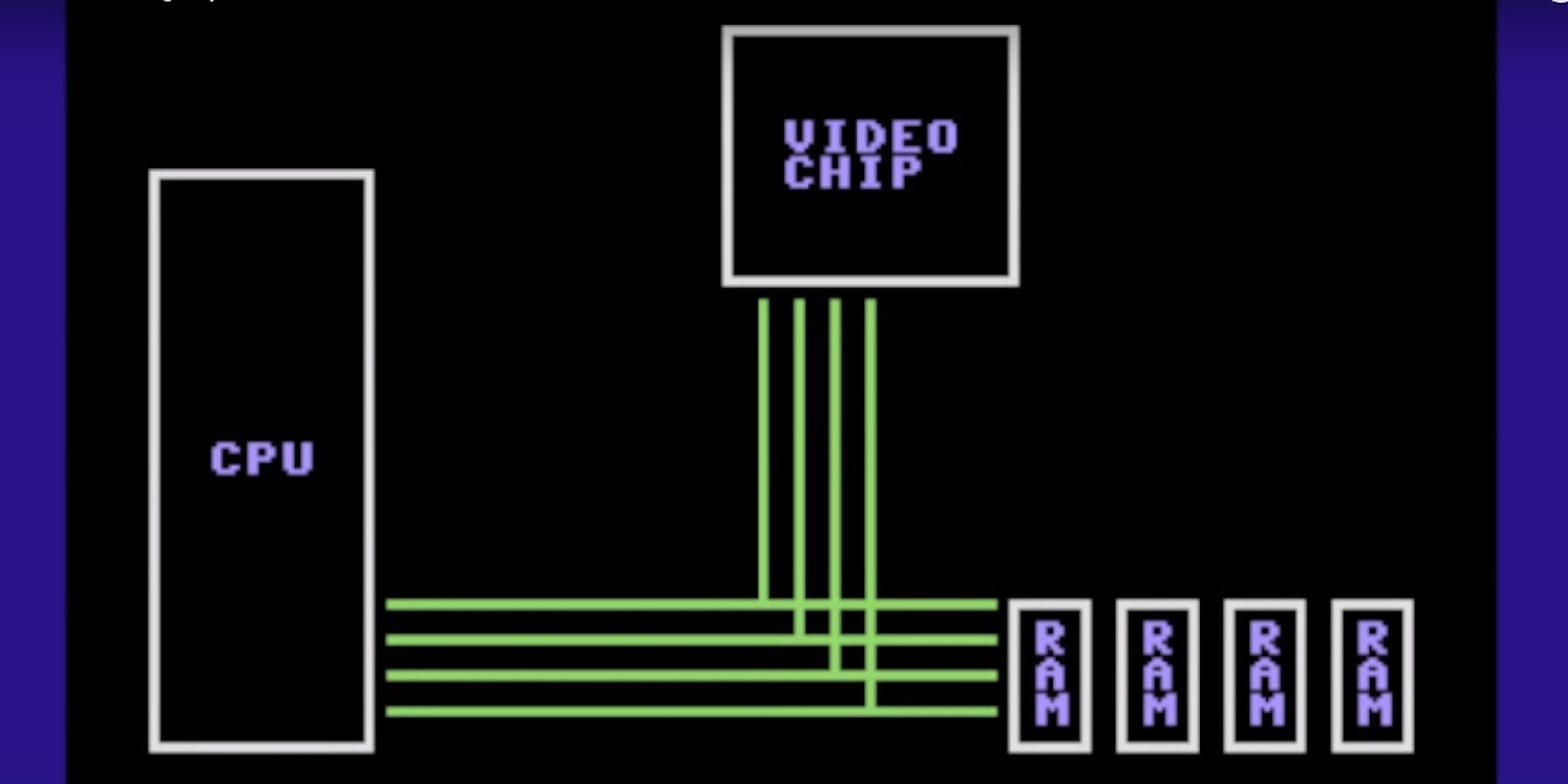Seeing the newest and best video game graphics can be a stunning experience. They’re made possible by the amount of memory programmers have to work with.
But it wasn’t always like this.
The iBookGuy on YouTube has broken down in simple terms how programmers on systems like the Commodore 64 and Nintendo Entertainment System had to work around severe hardware limitations to create amazing games.
The Commodore 64, released in 1982, got its name from the 64 kilobytes of memory available for the entire system, that’s for graphics and game code. If you break down the current generation PS4’s graphics memory into kilobytes, you don’t use a straight number anymore to express the answer: 8e+6.
Faced with memory limitations that today sound obscene, game developers in the 1980s still managed to create amazing games that popularized the hobby and birthed the modern industry and culture around video games.
The iBookGuy has broken down the process by which these early game designers managed to work around the memory limitations they were faced with into terms simple enough to help anyone understand the ingenuity of those early game designers.
For instance, did you know Mario on the Nintendo Entertainment System was chopped up into four different pieces that the developers managed to hold together as you moved Mario across the screen?
It’s worth noting that memory limitations continue to be a significant challenge for modern game designers. When female avatars were dropped from the multiplayer version of Assassin’s Creed Unity, the reasonable explanation was that consoles didn’t have enough memory to store all the necessary information in order to provide for both aesthetic options and overall graphics quality simultaneously.
Even when 1080p ceases to be good enough for modern audiences, game developers will probably still have to tackle the issue of memory limitations. Back in the day, however, developers didn’t need flashy graphics to entertain audiences, and there’s a lesson to be learned there. Solid game design is just as important as what the game looks like.
The iBookGuy will be following up with part 2 of this series on how old-school graphics were drawn. Make sure to subscribe to his YouTube channel if you want to catch the rest of the explanation
Screengrab via The iBookGuy/YouTube


